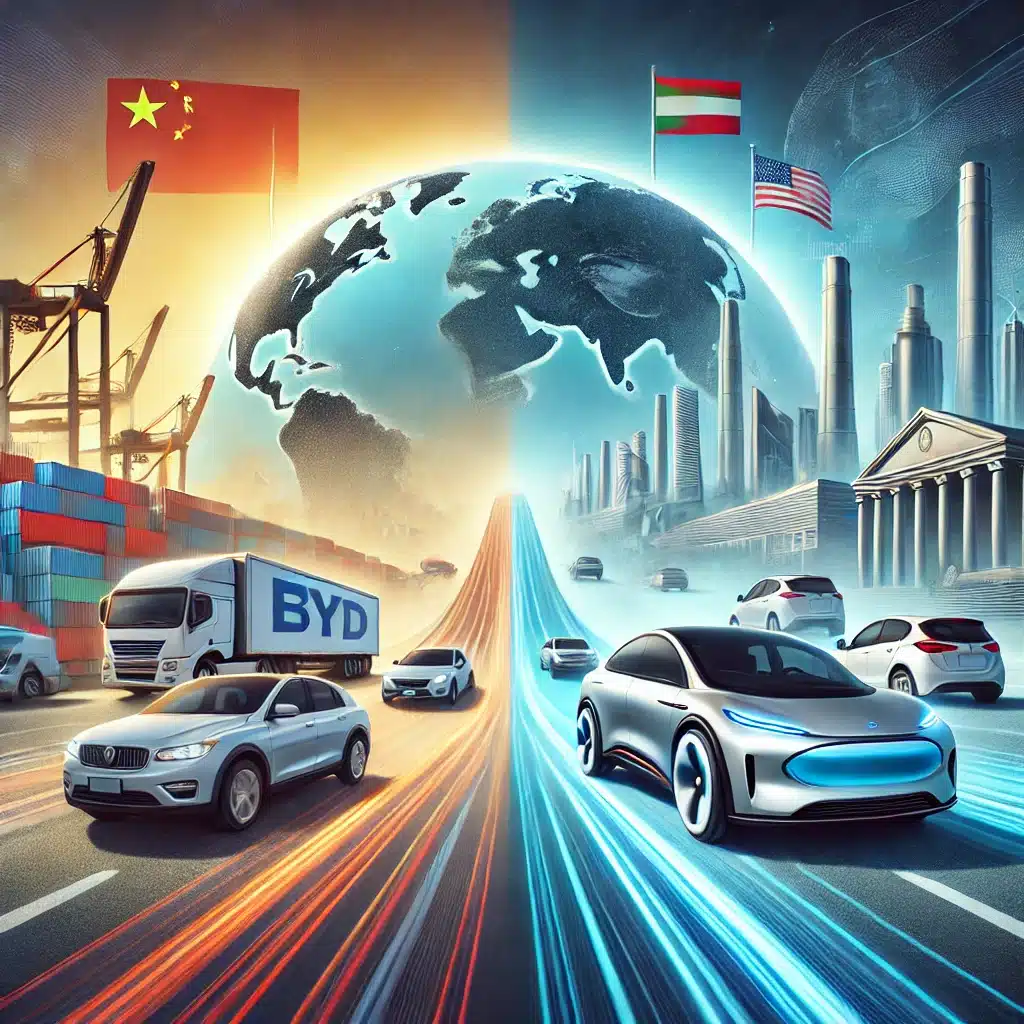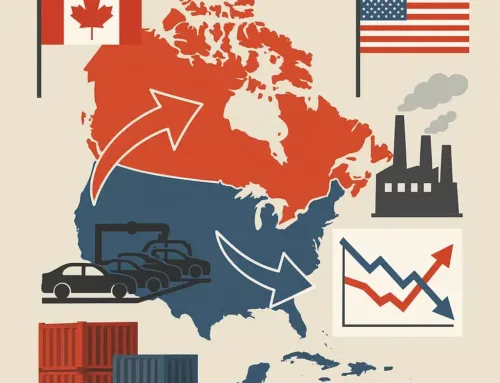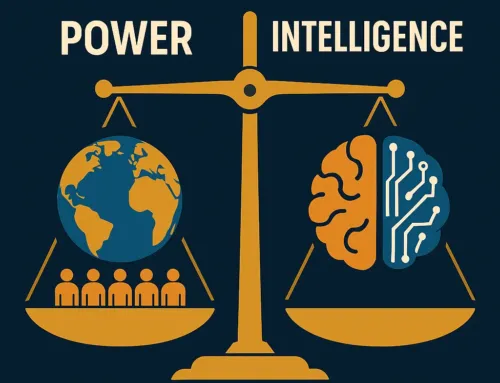
Approx. read time: 7.3 min.
Post: Chinese Automakers Overtake U.S. Rivals: A Global Shift in the Automotive Industry
The automotive world witnessed a significant turning point in 2023 as Chinese automakers, for the first time, outsold their American counterparts on the global stage. According to a report from Jato Dynamics, Chinese car brands sold 13.4 million vehicles last year, compared to 11.9 million sold by U.S. automakers. This surge marks a critical moment for the global automotive industry, as it reflects the rise of China not only as a manufacturing giant but also as an innovator in the burgeoning electric vehicle (EV) market.
The Role of BYD and the Chinese EV Revolution
At the heart of this transformation is Shenzhen-based BYD (Build Your Dreams), a company that has spearheaded China’s rise in the automotive sector. BYD’s focus on electric vehicles has been pivotal, not just in its domestic market but also in the international arena. In 2023, BYD emerged as a key player in a global electric vehicle price war, which forced many traditional automakers to either follow suit with more affordable models or lose market share.
Chinese automakers, and BYD in particular, have benefited from China’s aggressive push toward electric mobility. With government support, including subsidies and infrastructure investments, China has become the world’s largest EV market. BYD has taken advantage of these policies, producing affordable EVs that are increasingly appealing to global consumers looking for alternatives to pricier Western brands(HT Auto)(RT).
Growth in Emerging Markets: China’s Key Strategy
One of the primary drivers of Chinese automakers’ success has been their penetration into emerging markets. Countries in Latin America, Africa, Southeast Asia, and the Middle East have become fertile ground for China’s automotive exports. In 2023 alone, over 17.5 million new cars were sold in emerging economies, surpassing the total sales of both the U.S. and Europe(JATO Insights). These markets have proven to be more receptive to Chinese vehicles due to their relatively low purchasing power, making affordable Chinese brands a strong alternative to more expensive Western models.
In Latin America, for example, Chinese brands have successfully captured market share by offering cost-effective models that appeal to budget-conscious consumers. In regions like the Middle East and Africa, Chinese automakers have similarly expanded their presence by providing vehicles tailored to local preferences. The availability of low-cost financing options and fewer trade barriers have further contributed to China’s success in these regions(RT).
Additionally, Chinese car manufacturers are capitalizing on the geopolitical and economic challenges facing traditional Western automakers. The prolonged impact of the COVID-19 pandemic, rising inflation, and the Russian-Ukrainian war have created supply chain disruptions and increased production costs for many global companies. In contrast, China’s relative stability in terms of production capacity and lower labor costs have given its automakers a competitive edge.
Electric Vehicle Price War and Global Expansion
The electric vehicle market has been a significant battlefield for global automakers. As more countries commit to reducing carbon emissions and transitioning to greener energy sources, the demand for electric vehicles is soaring. Chinese companies, particularly BYD, are leveraging this shift by offering electric vehicles that are not only affordable but also technologically advanced. This competitive pricing strategy has pushed Western automakers, like Tesla and Ford, to cut prices in an attempt to maintain their market share.
However, this price war has weighed heavily on profit margins for Chinese automakers. While companies like BYD have managed to scale globally, the domestic competition has driven prices down to unsustainable levels for many manufacturers. As a result, some Chinese automakers have shifted their focus to international markets, where profit margins may be higher due to less competition and different economic conditions(HT Auto)(JATO Insights).
Impact of Geopolitical Tensions and Trade Barriers
Despite their rapid growth, Chinese automakers are facing increasing challenges, particularly in developed markets. Trade tensions between China and the West have resulted in the imposition of tariffs and other trade barriers that threaten to limit the global expansion of Chinese car brands. The European Union, for instance, announced a 38% tariff on Chinese electric vehicles in 2024, citing concerns over the flood of low-cost Chinese imports(RT). Similarly, the United States raised tariffs on Chinese EVs to 100%, a move designed to protect its domestic automakers from being undercut by cheaper foreign models(HT Auto).
These trade barriers have made it more difficult for Chinese automakers to penetrate developed markets like Europe and North America. In response, many of these companies have turned their attention to regions with fewer restrictions, such as Southeast Asia and Africa, where local governments are more receptive to Chinese investments and products. These regions, with their rapidly growing middle classes and increasing demand for affordable vehicles, have become crucial markets for Chinese automakers(JATO Insights).
The Shift in Consumer Preferences and Affordability
A key factor behind the success of Chinese automakers has been the growing demand for affordable vehicles. In many regions, the cost of owning a car has risen dramatically due to inflation, supply chain disruptions, and increased production costs. Legacy automakers, particularly in the U.S. and Europe, have struggled to keep prices down, which has inadvertently driven consumers toward cheaper alternatives from China.
Jato Dynamics analyst Felipe Munoz noted that “negligence from legacy automakers, which has resulted in consistently high car prices, has inadvertently driven consumers toward more affordable Chinese alternatives”(RT). This trend is particularly evident in emerging markets, where price sensitivity is higher, and consumers are more likely to opt for less expensive vehicles.
Additionally, Chinese automakers have been quick to adapt their vehicles to the specific needs of each market. For example, in regions with rougher road conditions, Chinese brands have offered models with more durable suspension systems and higher ground clearance, making them more appealing to local consumers.
BYD and Tesla: Rivals on the Global Stage
The rise of Chinese automakers, and BYD in particular, has set the stage for an ongoing rivalry between BYD and Tesla, two of the largest players in the global EV market. In 2023, Tesla’s Model Y became the best-selling vehicle in the world, with 1.22 million units sold, representing a 64% increase from the previous year(JATO Insights). While Tesla continues to dominate in developed markets like the U.S. and Europe, its presence in emerging markets remains limited due to the higher price point of its vehicles.
BYD, on the other hand, has focused on producing more affordable EV models, such as the Qin and Han sedans, which have gained popularity in both domestic and international markets. While Tesla appeals to wealthier consumers, particularly in developed economies, BYD is capitalizing on the price sensitivity of consumers in emerging markets. This strategy has allowed BYD to grow rapidly, even as Tesla maintains its lead in the luxury EV segment(RT)(JATO Insights).
Future Outlook: Opportunities and Challenges
Looking ahead, the future of the global automotive market will likely be shaped by the continued rise of Chinese automakers, particularly in the EV space. However, challenges remain. The ongoing trade tensions between China and the West could slow down the expansion of Chinese brands in key developed markets. Additionally, as more countries introduce tariffs and other protective measures, Chinese automakers may find it increasingly difficult to compete on a global scale.
On the other hand, the demand for electric vehicles is expected to continue growing, especially as more countries commit to reducing their carbon emissions. This presents a significant opportunity for Chinese automakers, who have already positioned themselves as leaders in the EV market. Furthermore, as technology improves and production costs decrease, Chinese brands may be able to expand their presence in developed markets despite the existing trade barriers.
In conclusion, the rise of Chinese automakers marks a significant shift in the global automotive landscape. With their focus on affordability, innovation in the EV sector, and expansion into emerging markets, Chinese brands are well-positioned to continue their growth in the coming years. However, they must navigate the complex geopolitical landscape and overcome the challenges posed by protectionist trade policies if they are to sustain their success on the global stage.
Related Videos:
Related Posts:
Strategic Retreat: Why U.S. Automakers Must Exit China to Drive the EV Revolution
Elon Musk Warns of Chinese EV Domination Without Trade Barriers: Tesla’s Global Challenge
Mastering SEO: From Keyword Research to Advanced Strategies and Beyond
Why Honda and Toyota Cars Are My Favorite—Despite My 20-Year Tenure at Magna International
Tesla’s software lead is so big it should worry other automakers, AI expert says
Hackers Have Just Put 620 Million Accounts Up For Sale On The Dark Web — Are You On The List?









